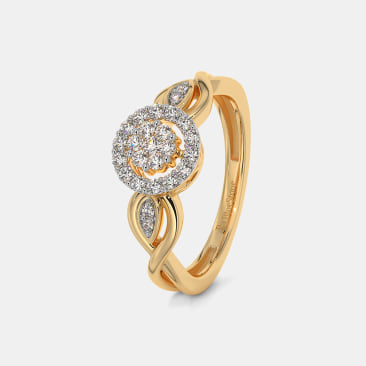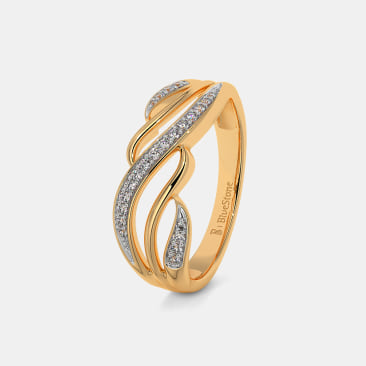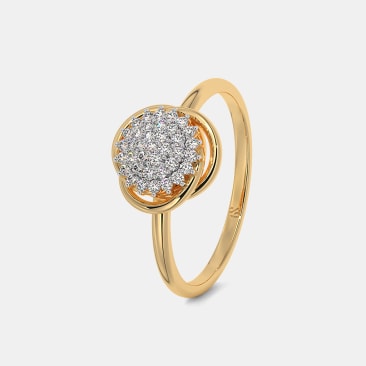Buying a solitaire on a budget
Is it possible to buy a solitaire on a budget? Don’t let the price put you off! Gift yourself or your loved ones a solitaire, here’s how you can make sure to buy a cheap solitaire and still get the best value at the price you choose.
Cut, Clarity, Color and Carat all contribute to how a diamond looks and how much it will cost.
Color
Diamonds are graded based on color. According to your budget, you can pick from different color grades. A pure white colour stone (Grades D-F), would be more expensive than lower grades – diamonds with a brownish and yellowish tint. Most colour variances are barely visible to the naked eye, so check the diamond you want to buy to see how it looks on you.
Cut
if you prefer to buy a larger stone, you can choose to focus more on its cut rather than its color, for a less expensive option. Different shapes reflect colour differently, so consider the appearance of the diamond and color with the shape you’ve chosen and the metal you want to mount it in – white gold and platinum tend to reflect their white colour onto the diamond, while yellow gold could lend a yellowish tint to the stone.
Clarity
Perfectly flawless diamonds are extremely rare and therefore can be extremely expensive. Most naturally occurring diamonds have some birthmarks or inclusions. Most inclusions become visible under the microscope lens and cannot be seen by the naked eye. Based on how flawless a diamond is, certain grades are assigned to it - VS1 and VS2 being acceptable grades. The grade you choose will also determine the price you pay. Keep in mind that inclusions can also get covered by the prongs or the way the diamond is set.
Carat weight and size
A diamond’s carat refers to its weight. While choosing carat weight, keep in mind that factors like depth that affect the price. A diamond that’s deeply cut carries more of the carat weight "hidden" in its depth as opposed to its width.
Your stone may lose some of its weight after it’s polished, so don’t forget to ask your jeweller for the final weight of your diamond so that in the end you will be paying for only what you get.
When choosing the size for your stone, one money saving trick is stopping just short of major size thresholds for example, choosing point differences like 1.5 over 2.0, may not make much of a visual difference, but will certainly affect the price.
While purchasing solitaires, regardless of the price you finally settle on – make sure that you look at many stones before you set your heart on the perfect one that looks the way you want it to, within the budget you have chosen.




